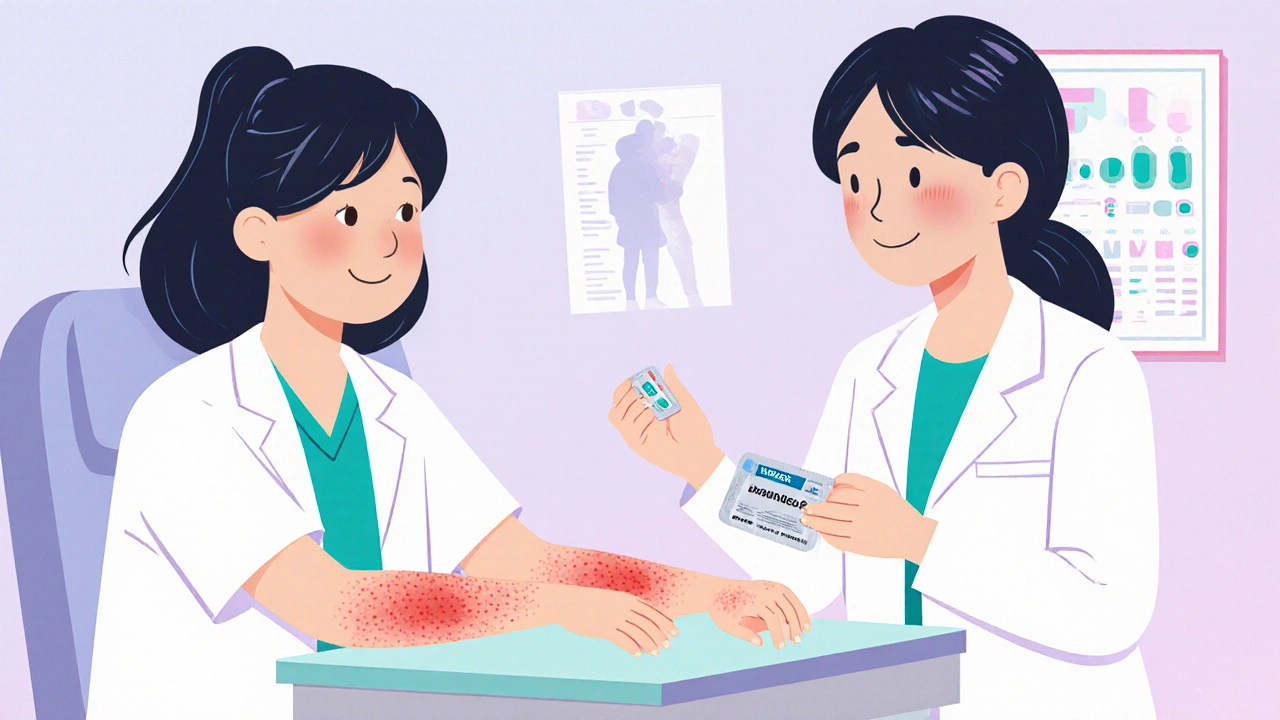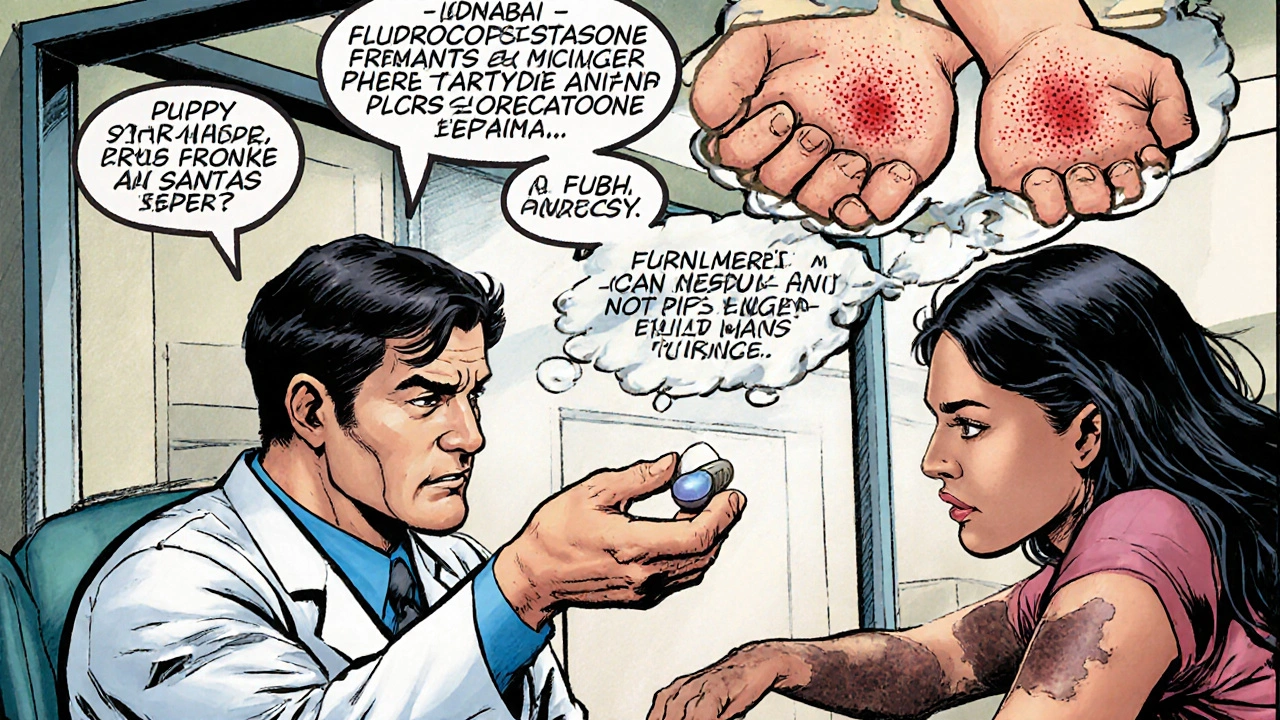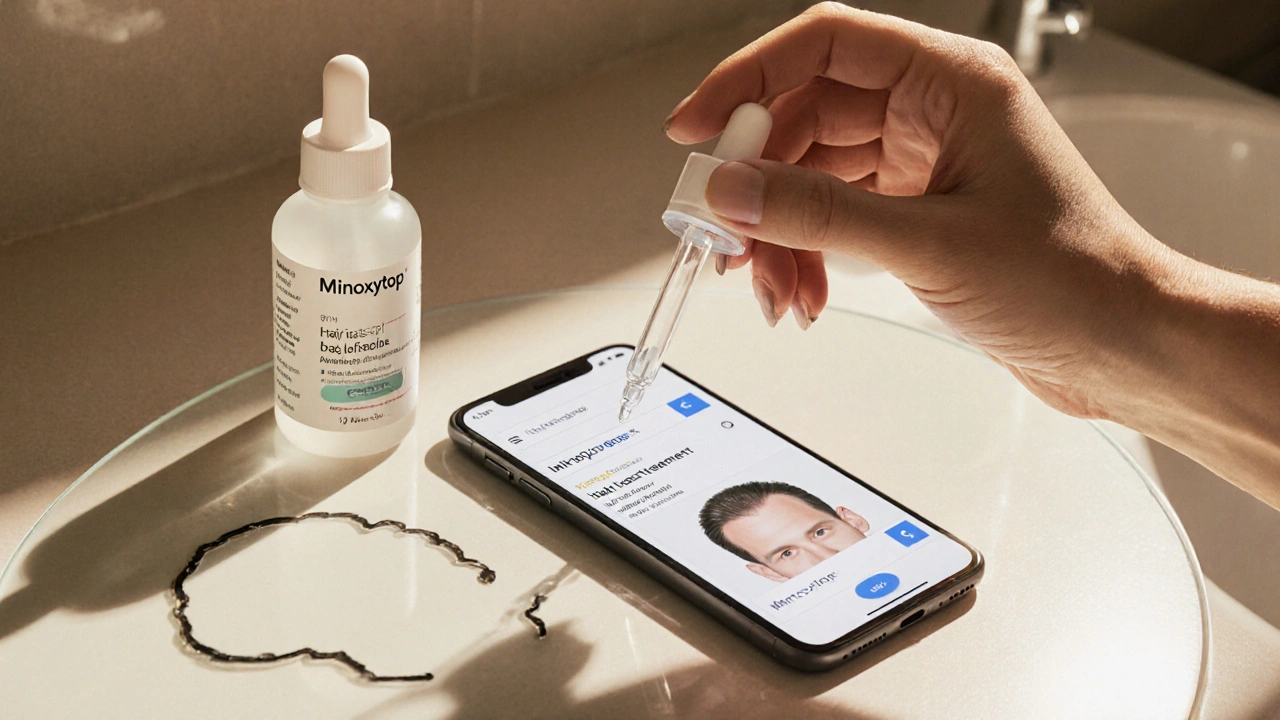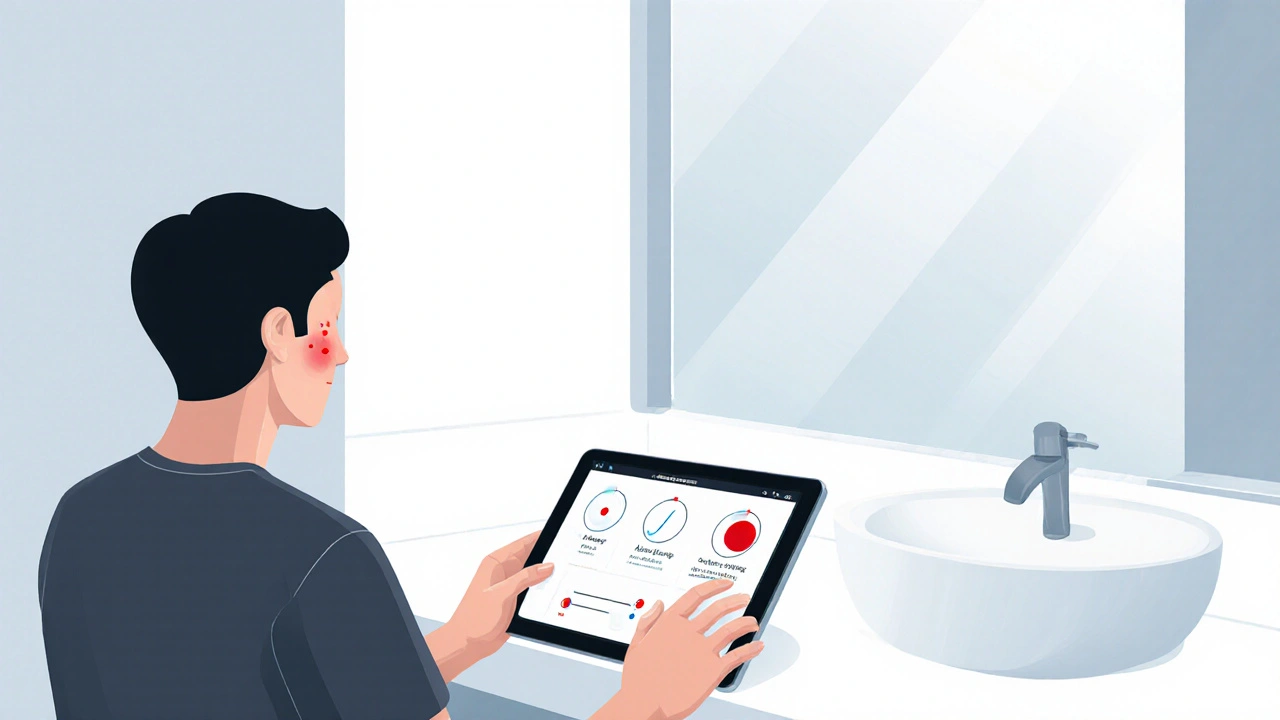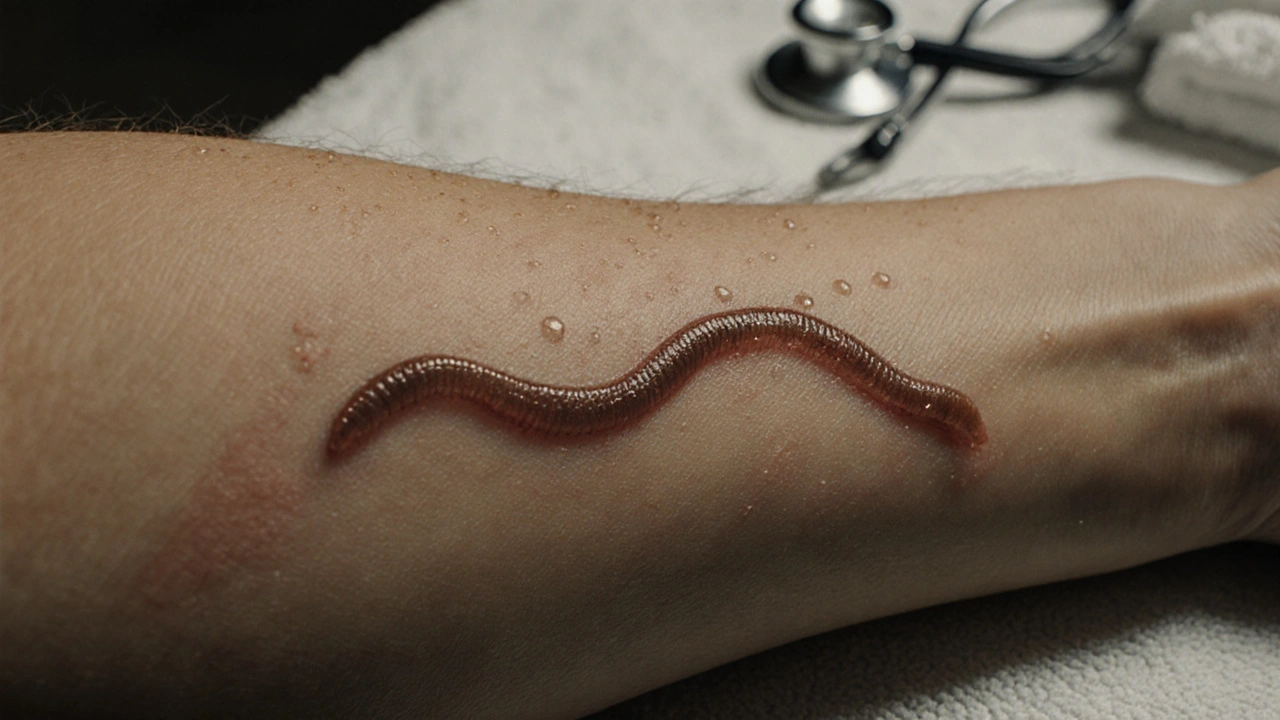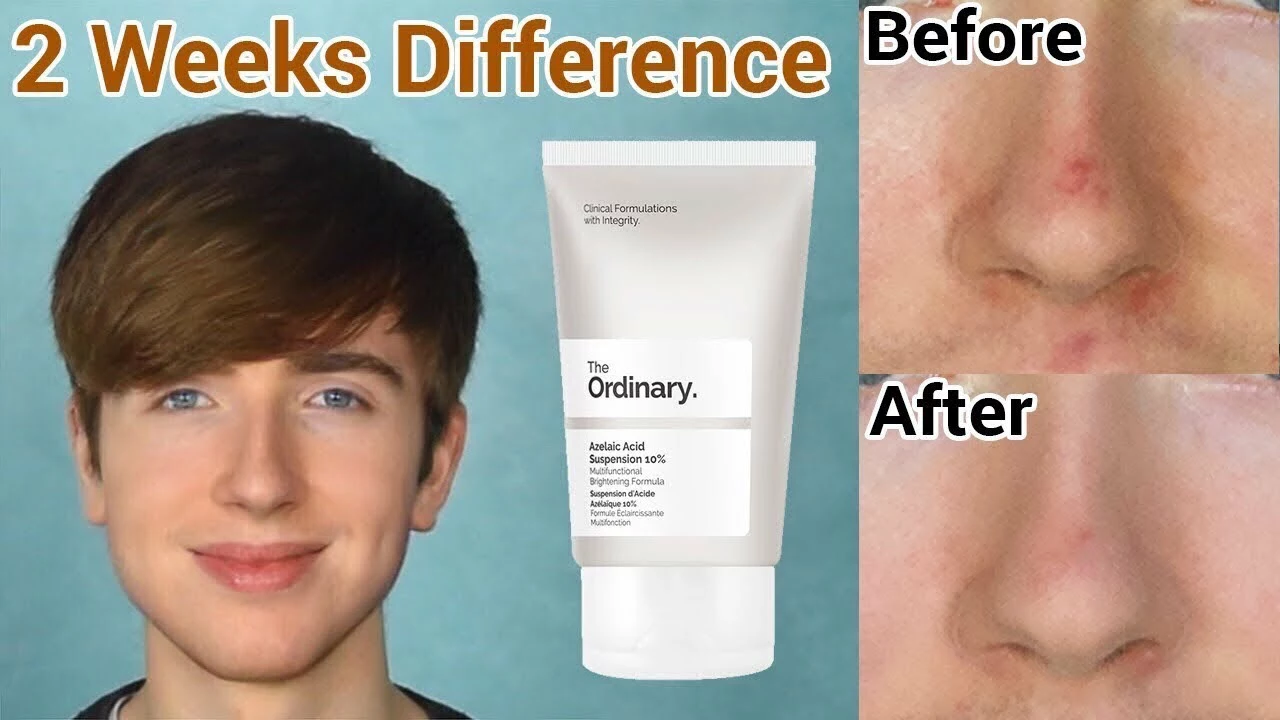Dermatology: Practical Skin Care, Treatments & Tips
Skin problems get annoying fast. This dermatology page gives clear, usable steps for common issues: acne, eczema, contact dermatitis and dry skin. You’ll find simple routines, what treatments actually do, and how to pick products without wasting time or money. I’ll also point to useful reads on specific treatments like azelaic acid for contact dermatitis so you know where to look next.
Start with a basic routine
Cleanse once or twice daily with a mild, fragrance-free cleanser. Use a moisturizer suited to your skin type — heavier creams for dry skin, gel or lotion for oily skin. Apply sunscreen every morning; broad spectrum SPF 30 or higher protects against premature aging and reduces flare-ups for many conditions. Avoid harsh scrubs and alcohol-heavy toners that strip skin and worsen irritation.
Know when active ingredients help. Benzoyl peroxide and salicylic acid reduce acne by unclogging pores and killing bacteria. Azelaic acid eases redness and targets both acne and rosacea; it’s also helpful for some cases of contact dermatitis because it calms inflammation and fights bacteria. Retinoids speed cell turnover and improve texture, but start slowly to avoid irritation. Patch-test new treatments on a small area for a few days before full-face use.
If you have contact dermatitis, identify the trigger. Metals, fragrances, preservatives and certain plants are common culprits. Stop using suspected products and simplify your routine to a gentle cleanser and a bland moisturizer. Over-the-counter hydrocortisone for short periods can reduce itching and inflammation. If symptoms persist or cover large areas, see a dermatologist for stronger topical steroids or allergy testing.
When to see a doctor?
Book an appointment if a rash is spreading fast, causing intense pain, has blisters or signs of infection like pus, fever or swollen glands. Also see a pro for long-term conditions that don’t respond to OTC care, sudden hair loss, or skin changes that could be cancerous — new growths, moles changing shape, size or color.
Practical product tips: choose fragrance-free items, check for non-comedogenic labels if you break out, and look for ceramides or glycerin to help repair the skin barrier. Don’t layer too many actives at once — introduce one product at a time and give it a few weeks. For ideas on specific treatments, read our article "The Role of Azelaic Acid in Treating Contact Dermatitis" for a hands-on look at how azelaic acid works and when to try it.
Simple habits help a lot. Sleep well, manage stress, avoid smoking and maintain a balanced diet. Keep laundry and pillowcases clean to cut down on irritants. Small, consistent changes beat complicated regimens.
If you want targeted guides, browse our posts on acne, eczema, rosacea and medication reviews. Ask questions in the comments or bring notes to your dermatologist to make visits more productive. Want quick help? Use our simple symptom checklist: note triggers, take clear photos, list products used and recent changes, then share everything with your doctor to speed diagnosis and get better treatment.
How Dapsone Treats Dermatitis Herpetiformis: Dosage, Side Effects & Alternatives
Learn how dapsone treats dermatitis herpetiformis, from dosing and side‑effects to alternatives and the essential gluten‑free diet.
Fludrocortisone and Skin Health: Understanding Potential Side Effects
Learn how fludrocortisone can affect your skin, recognize common side effects like edema, acne, and hyperpigmentation, and get practical tips to manage them safely.
Minoxytop vs Other Hair‑Loss Treatments: Pros, Cons & Best Picks
A side‑by‑side review of Minoxytop vs finasteride, PRP, laser therapy, transplants and natural options, with a comparison table, tips and FAQs.
Sunburn and Skin Cancer: Essential Facts & Prevention
Explore how sunburn damages skin DNA, raises skin‑cancer risk, and learn practical steps to prevent and detect melanoma, basal and squamous cell cancers.
A‑Ret Gel (Tretinoin) vs Common Retinoid and Acne Alternatives: Full Comparison
A detailed comparison of A‑Ret Gel (tretinoin) with other retinoids and acne treatments, covering effectiveness, side effects, usage tips, and FAQs.
Strange Skin Parasites: Cases of Worms and Bugs Living or Laying Eggs on Human Skin
Explore rare parasites that live in or lay eggs on human skin, from hookworm tracks to Guinea worm blisters, with symptoms, treatment, and prevention tips.
Bepotastine for Latex Allergy: Effectiveness, Dosage, and Alternatives
Explore whether bepotastine works for latex allergy, its mechanism, dosage, safety profile, and how it compares to other antihistamines.
The Role of Azelaic Acid in Treating Contact Dermatitis
As a blogger, I've come across the amazing benefits of Azelaic Acid in treating Contact Dermatitis. Azelaic Acid, a naturally occurring substance found in grains, has anti-inflammatory and antibacterial properties that help soothe and heal the skin. It works by reducing redness, itching, and swelling caused by this common skin condition. I've personally experienced its effectiveness in managing my own Contact Dermatitis symptoms. It's definitely worth considering Azelaic Acid as a treatment option for those suffering from this uncomfortable skin issue.
